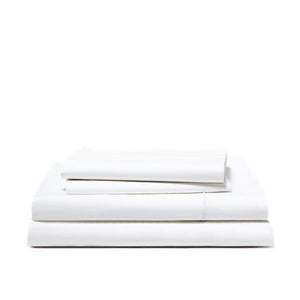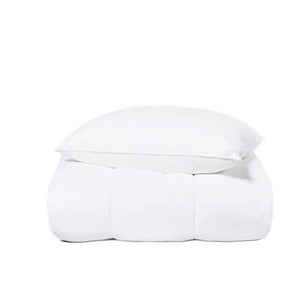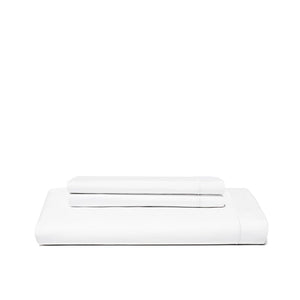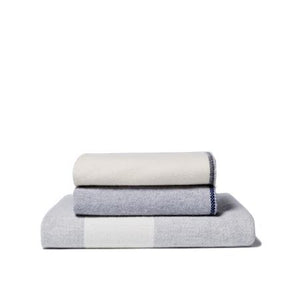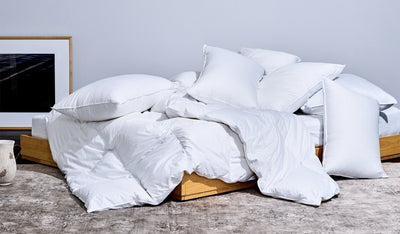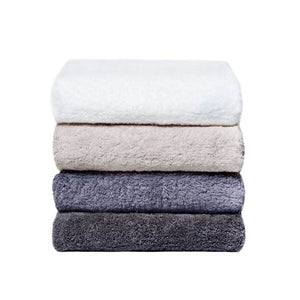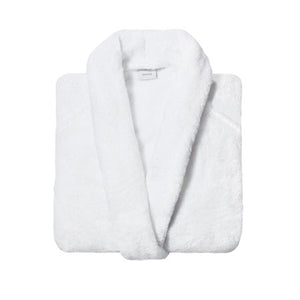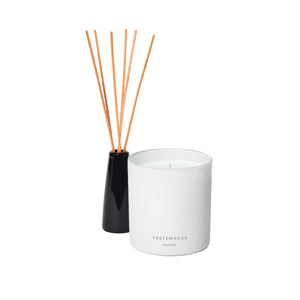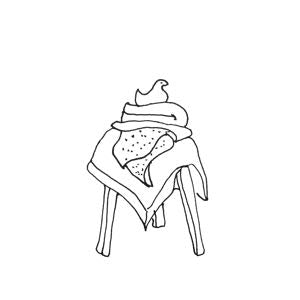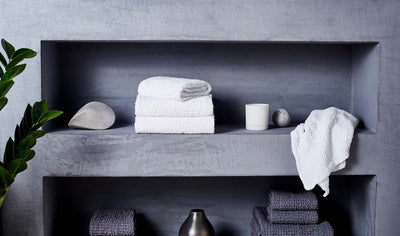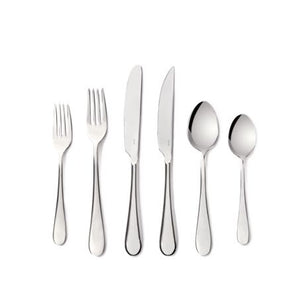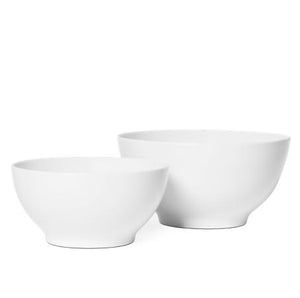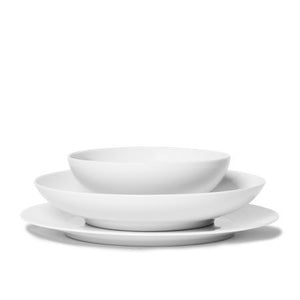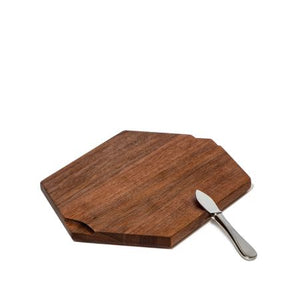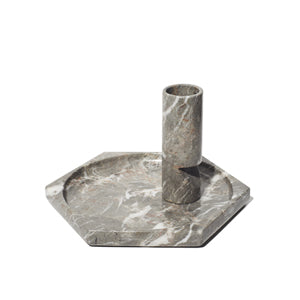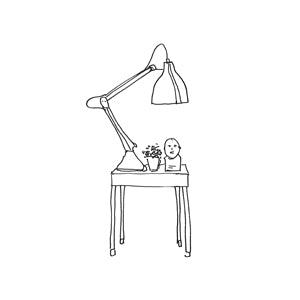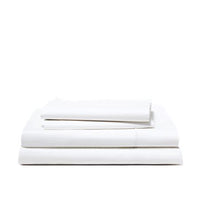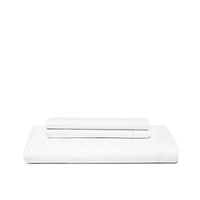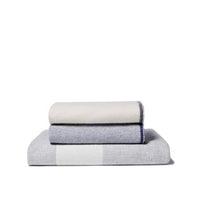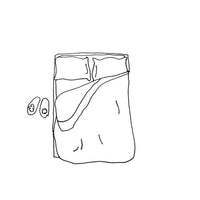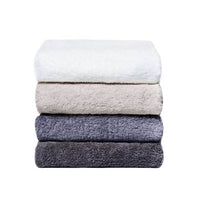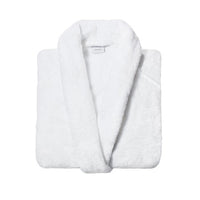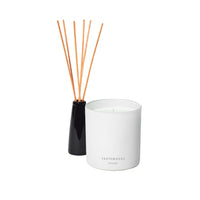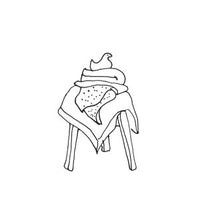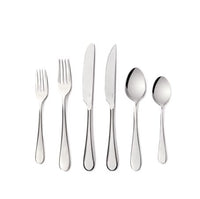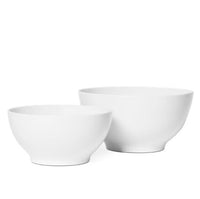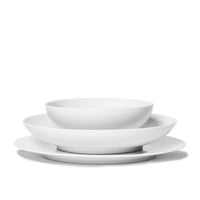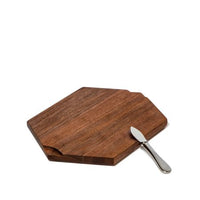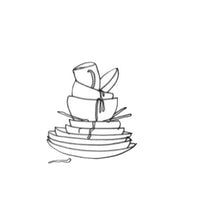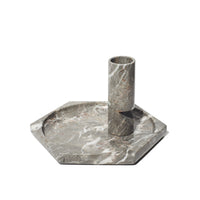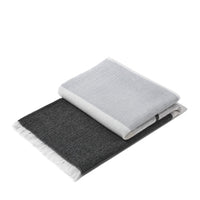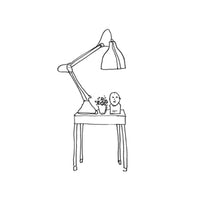When it comes to choosing between a comforter and a blanket, knowing the differences can help you make a better decision for your bedding needs.
A comforter is made with multiple layers, providing extra warmth, and is filled with materials such as cotton, wool, or synthetic fibers.
A blanket, on the other hand, is typically a single layer and can be used in various temperatures due to its versatility.

Comforters are often bulkier and designed to offer more insulation, making them ideal for colder climates or winter months.
Blankets are lighter and easier to layer, which can be perfect for warmer weather or for use as an additional layer on particularly cold nights.
Each type offers unique benefits depending on what you're looking for in terms of warmth, weight, and maintenance.
Your choice will also depend on factors like style and ease of care.
Comforters may require more effort to clean, often needing professional laundering, while blankets are generally simpler to wash at home.
Whether you prefer the plush feel of a comforter or the straightforward functionality of a blanket, understanding these distinctions can greatly influence your decision.
Understanding Comforters and Blankets

When choosing between comforters and blankets, consider the differences in materials, warmth, and construction. These key factors can help you decide which option is best for your needs.
Material Differences
Comforters typically consist of two layers of fabric with a filling material in between. Common fabrics for comforters include cotton, wool, and silk. The filling can be down, down alternative, or synthetic fibers. This combination often makes comforters softer and more luxurious.
Blankets are usually made from a single layer of fabric. Popular materials for blankets include cotton, polyester, wool, and fleece. Microfiber and cashmere are also options. Blankets tend to be simpler and may not have the same plush feel as comforters.
The choice of material is essential. People who prefer natural fabrics might go for cotton or wool blankets. Those looking for high-end options might choose a silk comforter filled with down.
Warmth and Insulation
Comforters are generally warmer due to their construction. The filling layer provides significant insulation, making them suitable for colder climates or winter use.
Down and synthetic fills offer excellent warmth-to-weight ratios, while wool and cotton fillings provide steady, moderate heat.
Blankets offer variable warmth depending on the material. A wool blanket can be very warm, while a cotton blanket is more breathable and suitable for cooler temperatures. Fleece blankets are great for insulating warmth due to their thickness.
If you need extra warmth, a comforter is often the better choice. For mild weather or layered bedding, a blanket might be more appropriate.
Construction and Layers
Comforters have a multi-layer construction that includes two outer fabric layers with a filling in between.
The layers may be quilted or sewn in patterns to keep the filling evenly distributed, preventing clumping and ensuring consistent warmth. This makes comforters bulkier and heavier.
Blankets, being single-layered, are lighter and easier to maneuver. They lack the complex construction of comforters, making them simpler to maintain and often easier to wash.
The construction of your bedding affects both comfort and usability. A comforter can provide ultimate coziness, while a blanket offers simplicity and ease of use.
Choosing Between Comforters and Blankets

When deciding whether to use a comforter or blanket, it's important to consider factors such as bedroom climate, personal preferences, weight and thickness, and care and maintenance needs. Each offers its own set of benefits and challenges.
Considering Bedroom Climate
The climate of your bedroom plays a crucial role.
If you live in a colder area or have a room that's hard to keep warm, a comforter is ideal. Comforters often come with insulating fillings like down, wool, or polyester, making them great for colder weather.
In contrast, if your bedroom tends to stay warm or you live in a warmer climate, a blanket might be more suitable. Blankets are generally lighter and can help keep you comfortable without causing overheating.
Assessing Personal Preferences
Your personal comfort preferences are just as important.
Some people prefer the layered feel of a comforter, which can give a sense of being cocooned.
Others might find blankets more comfortable because they are usually less bulky and easier to adjust throughout the night.
Duvets and quilts also fall into the comfort category but can be heavier and more complicated to manage. Preferences for fabric type, such as cotton or silk, can also vary.
Comparing Weight and Thickness
The weight and thickness of your bedding can impact your sleep quality.
Comforters typically have multiple layers and can be quite thick and heavy. This added weight can be comforting for some but may feel restrictive to others and be harder to manage.
Blankets are generally lighter and less thick, which can be easier to move and adjust. Weighted blankets are an exception, providing additional weight that some find soothing but others may find too constraining.
Examining Care and Maintenance
Ease of maintenance is another key factor.
Comforters often require special care, including dry cleaning or specific washing instructions due to their fillings, which can include down, silk, or wool. They may also be harder to fit into a standard washing machine because of their bulk.
Blankets, on the other hand, are usually simpler to care for and can often be washed at home. They are also made from more durable materials, making them long-lasting with minimal fuss.
Comforter and Blanket Care Tips

Proper care is essential to maintain the quality and extend the lifespan of your bedding. Each type of bedding has different requirements for washing and handling.
Washing and Drying Techniques
For comforters, the washing instructions depend on the materials.
If your comforter has delicate materials or down filling, you might need to dry clean it. Look at the label for specific instructions. Some comforters are machine washable; use a gentle cycle with mild detergent.
Blankets are generally simpler to care for. Most can be machine-washed. Use cold or warm water with a mild detergent. Avoid bleach, as it can weaken fibers. Use a low heat setting when drying to prevent shrinking and damage.
Understanding Lifespan and Durability
The lifespan and durability of your comforter or blanket vary based on care and materials.
Comforters made from high-end materials can last several years with proper maintenance.
Regular washing, avoiding dust mites, and correct storage extend their longevity.
Blankets, often single-layered, can last a long time too. Regular maintenance and storage play a key role. Store your bedding in a dry, cool place to prevent moisture buildup. Avoid over-washing, as it can wear out the fabric faster.
Factors Influencing Bedding Choices

Choosing the right bedding involves considering key factors like health concerns, budget constraints, and design preferences. Each element plays a significant role in determining whether you opt for a comforter or a blanket.
Health and Allergy Considerations
When it comes to health, especially allergies, bedding plays a crucial role.
Some materials can trigger allergies, so choosing hypoallergenic options can help.
Comforters often come in hypoallergenic varieties, reducing exposure to allergens.
Blankets made from natural fibers like cotton or wool are breathable, which can also benefit those with allergies.
Care instructions are important too.
Comforters can be bulkier and harder to clean, potentially harboring more allergens. Blankets, being lighter, are easier to wash frequently, keeping allergens at bay. Always check material labels for hypoallergenic claims to make an informed decision.
Cost-Effectiveness and Budget
Budget is another critical factor in bedding choices.
Comforters generally vary more in price due to the range of materials and fillings used. High-end comforters with features like down or silk fillings can cost a couple of hundred dollars.
For more information on these price ranges, you can check Sleep Advisor's insights.
Blankets, on the other hand, tend to be more affordable.
Simple construction and less expensive materials make blankets a budget-friendly option.
If you’re looking for a cost-effective solution, a blanket might meet your needs better without compromising on comfort.
Defining Style and Aesthetics
Style and aesthetics are often personal and can significantly influence your choice.
Comforters usually come in a variety of colors and patterns, adding a decorative element to your bedroom. They can help tie together different aspects of your room's décor.
For instance, a comforter with a bold pattern can become a centerpiece.
Blankets, while simpler in design, also offer various styles.
They might feature classic designs and come in neutral colors, making them versatile.
If you prefer a minimalist or easily changeable look, blankets might work best for you.
For those who favor more elaborate designs, a comforter could be the better choice.
Frequently Asked Questions

When deciding between comforters and blankets, it's important to know the specific uses, sizes, and materials to choose the best option for your needs. Here are answers to common questions that can help.
What are the differences between a comforter, duvet, and quilt?
A comforter is a thick, quilted bed cover filled with materials like synthetic fibers or down feathers.
A duvet is similar but typically requires a duvet cover.
A quilt has three layers (top fabric, insulation, and backing) stitched together in a decorative pattern.
How does the warmth of a comforter compare to that of a blanket?
A comforter generally provides more warmth than a blanket because of its insulating fill.
Blankets are single-layered and offer less insulation.
Comforters are suitable for colder climates due to their thickness and filling.
Which is better for winter use, a comforter or a blanket?
For winter use, a comforter is typically better as it offers superior insulation.
Blankets are more versatile but may require layering to achieve the same level of warmth.
Can a comforter's size be directly compared to a blanket's size?
Comforters are usually larger than blankets and cover the entire mattress, draping over the sides.
Blankets are designed to cover only the top of the bed, making them easier to layer or use as an extra layer.
What distinguishes a weighted blanket from a comforter?
A weighted blanket is filled with materials like glass beads or plastic pellets to add weight, providing a calming effect.
A comforter is filled with insulating materials for warmth. The purposes and benefits of each are quite different.
How do comforters and quilts differ in terms of use and comfort?
Comforters are primarily used for warmth due to their insulation.
Quilts can also offer warmth but are often used for their decorative appeal and lighter feel.
Quilts can serve both as a standalone bed cover or layered with other bedding for added warmth.
